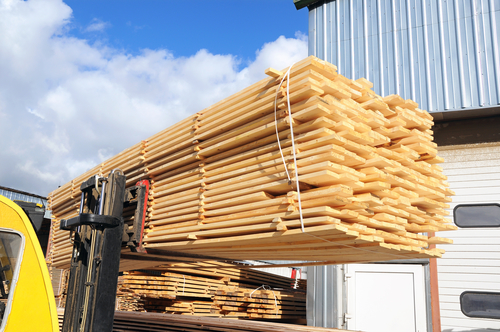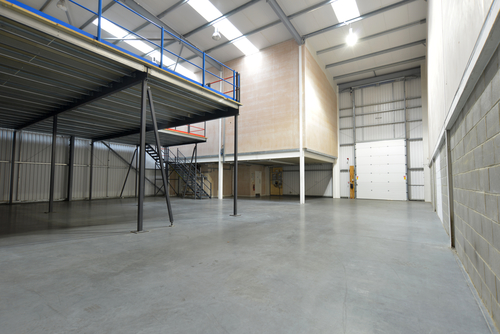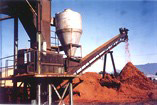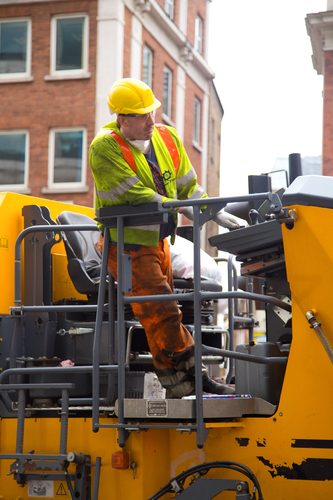 BEP Engineering Services announced a partnership with Brunner-Hildebrand, the timber drying kilns leader, back in November 2015. Now, the company offers a wide range of Brunner-Hildebrand products to suit the needs of its forest industry clients.
BEP Engineering Services announced a partnership with Brunner-Hildebrand, the timber drying kilns leader, back in November 2015. Now, the company offers a wide range of Brunner-Hildebrand products to suit the needs of its forest industry clients.
“At BEP Engineering Services, we’re committed to providing complete industrial solutions for our clients, not just engineering services,” said Bernie Pahlke, president of BEP Engineering Services. “That means giving them easy access to the most innovative equipment available, like Brunner-Hildebrand kilns, and we’re proud to be able to fulfill a need and create further efficiencies and cost savings for them, too.”
Brunner-Hildebrand is the original leader in the dry kiln market. Since 1960, the company has installed more than 15,000 dry kilns worldwide. Quality and longevity of our kilns are legendary. Innovation is the company’s passion and has been the pioneer in the continuous kiln field by introducing the world’s first continuous dry kiln in 1975 – 40 years ago! Let’s take a look at some of the different types of kilns produced by Brunner-Hildebrand and their features.
Continuous Kilns
Over time we have installed over 50 continuous kilns in various market sectors that include forest products, food products, cement fibre boards, paper products, etc. More recently Brunner-Hildebrand has re-introduced a new version of the continuous kiln that incorporates the “GreenKiln” design. The 2016 version Hildebrand Continuous kiln is called the Alexander HCK – the drying technology is highly suited to production softwood mills seeking to improve KD productivity, increase appearance grade lumber and optimize cost efficiency. The drying system benefit from the continuous availability of lumber without long loading and unloading times. The drying is integrated with the logistics of the mill without the need for a great deal of additional storage. In addition, the mill can achieve thermal & electrical savings, improved lumber grade, reduction in emissions and bring the lumber product quicker to market compared to conventional kilns.
The Hildebrand Alexander HCK Continuous Kiln can be adapted to any heat source and configured for hot air, hot water or steam heating mediums.
Hildebrand Greenkilns
These new kilns from Brunner-Hildebrand are designed to reduce the impact of equipment on the environment. Some of their features include vents that work in sync with the conventional drying system and the use of reservoir heat during the cool-down process.
Progressive Kiln
The progressive kiln from Brunner-Hildebrand is especially helpful for large sawmills that have a continuous high turnaround of similar timber species, as well as little variation in final moisture content. The kiln is designed with special walls for quick assembly and the utmost durability. It can also be customized to promote lateral air flow or lengthwise air flow, and it comes with radial side fan options.
High-Capacity Dryer Model HTR100
This dry kiln is available with a stacking width up to 56 feet and track lengths up to 100 feet. Its most popular door design is the sliding lift door, which can be easily and quickly opened when needed.
Standard HTS Kiln
The standard HTS kiln model is designed for loading packages in various lengths. It is available for both package and track loading, and kiln chambers can be added later for more versatility.
Portable Dry Kiln HCM Model
This model comes with a heat pump, and it has a capacity from 10,000bft to 25,000bft. No boiler is necessary, and it can be transported by truck if necessary. Additionally, Brunner-Hildebrand has the kiln available for rental.
Hildebrand Greenkilns
These new kilns from Brunner-Hildebrand are designed to reduce the impact of equipment on the environment. Some of their features include vents that work in sync with the conventional drying system and the use of reservoir heat during the cool-down process.
All of Brunner-Hildebrand’s kilns are made from aluminum or stainless steel, and are designed to meet the seismic and environmental conditions of the mill location. They also manufacture their products to meet International Plant Protection Convention requirements.
To learn more about what types of kilns you can purchase through BEP Engineering Services, visit the company website. Here, you can also find additional information on how Brunner-Hildebrand’s kilns can benefit you on your job site, as well as which BEP Engineering services may work for you.
 Like most industries, a successful sawmill utilizes the best possible equipment, and is run by the most knowledgeable and skilled employees. Accomplishing this is no simple task, however. There are generally phases to design and build a sawmill and each one requires a level of professional knowledge.
Like most industries, a successful sawmill utilizes the best possible equipment, and is run by the most knowledgeable and skilled employees. Accomplishing this is no simple task, however. There are generally phases to design and build a sawmill and each one requires a level of professional knowledge.









